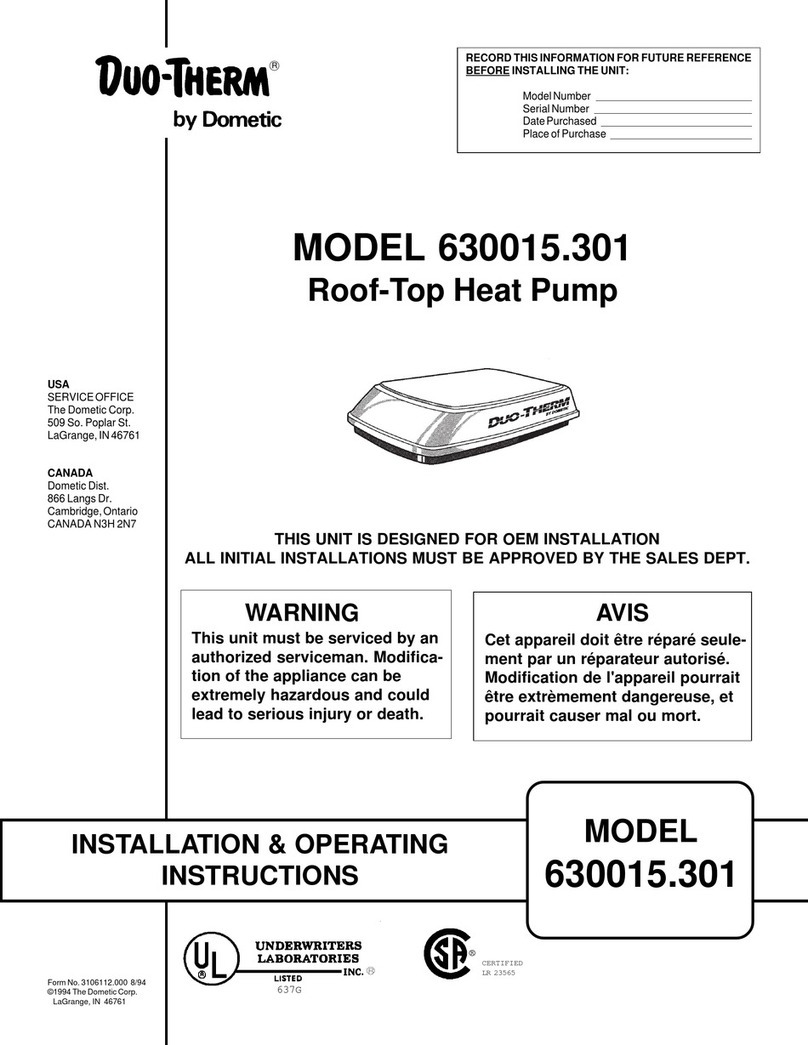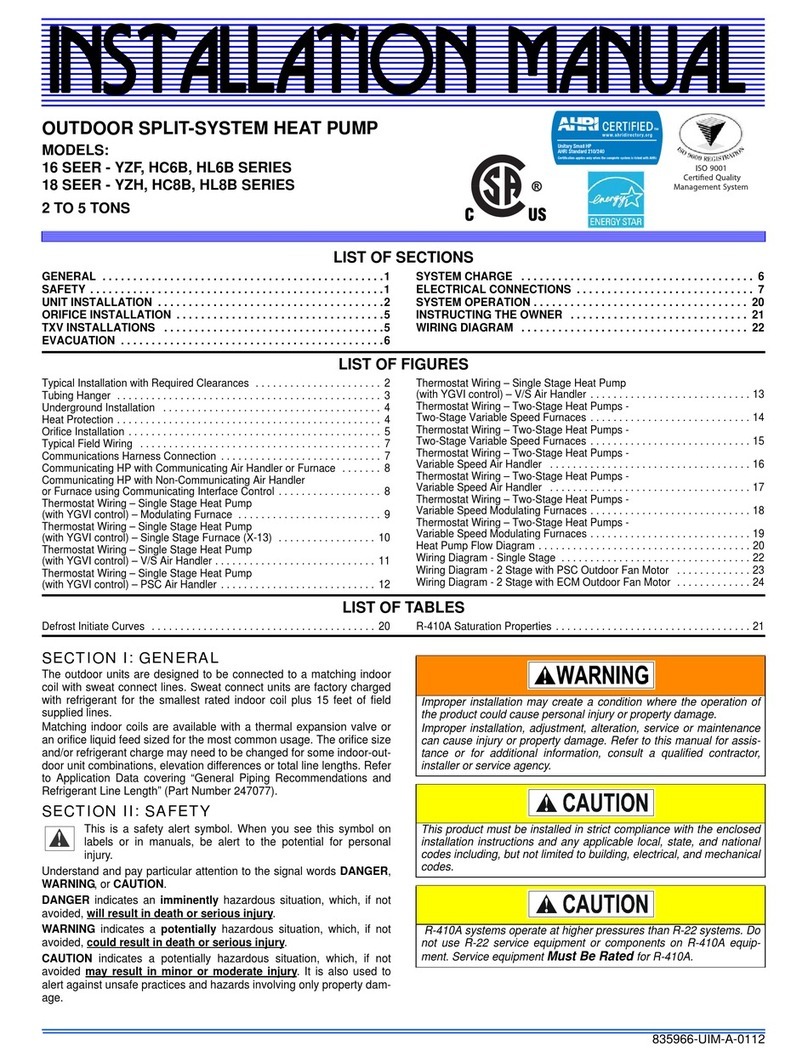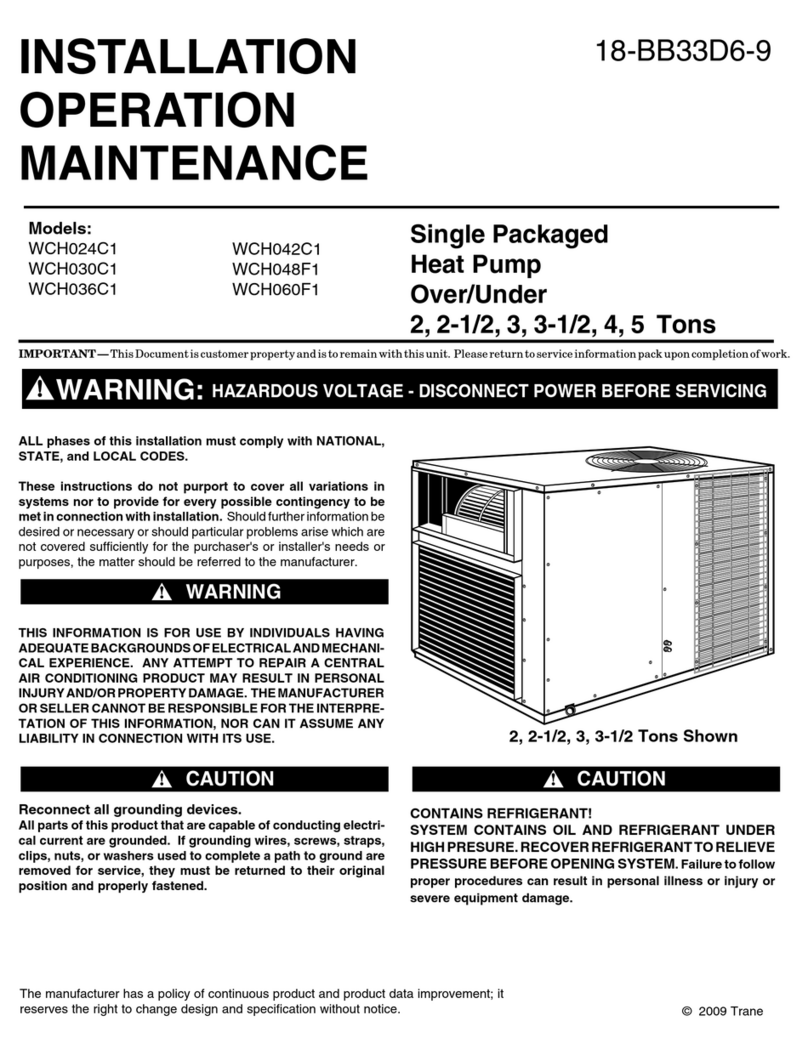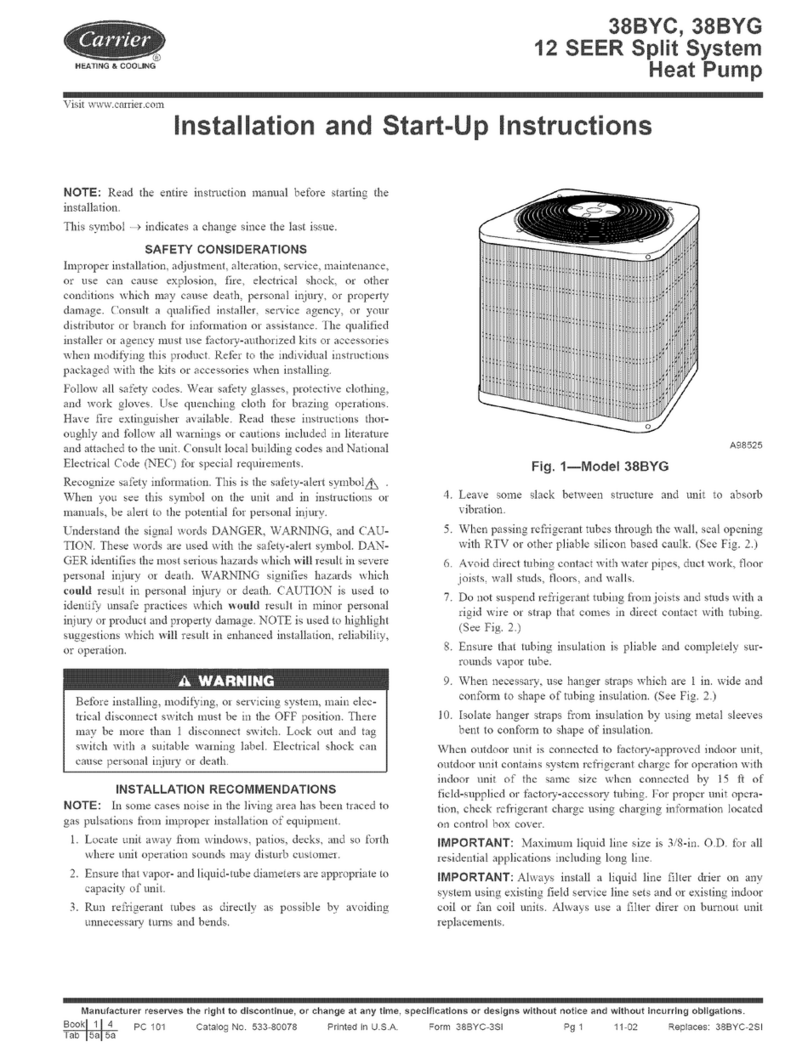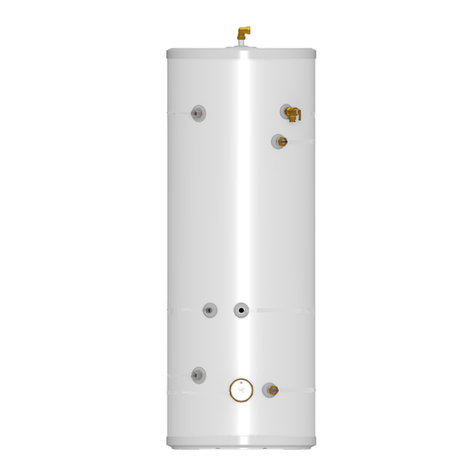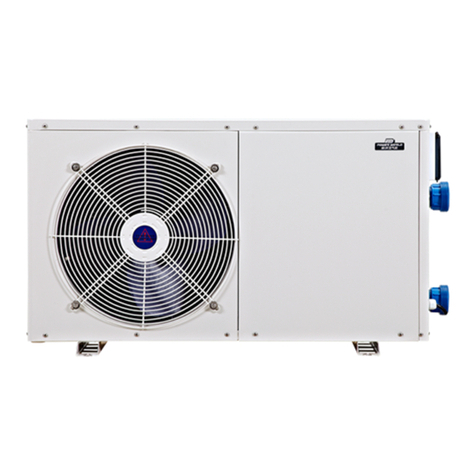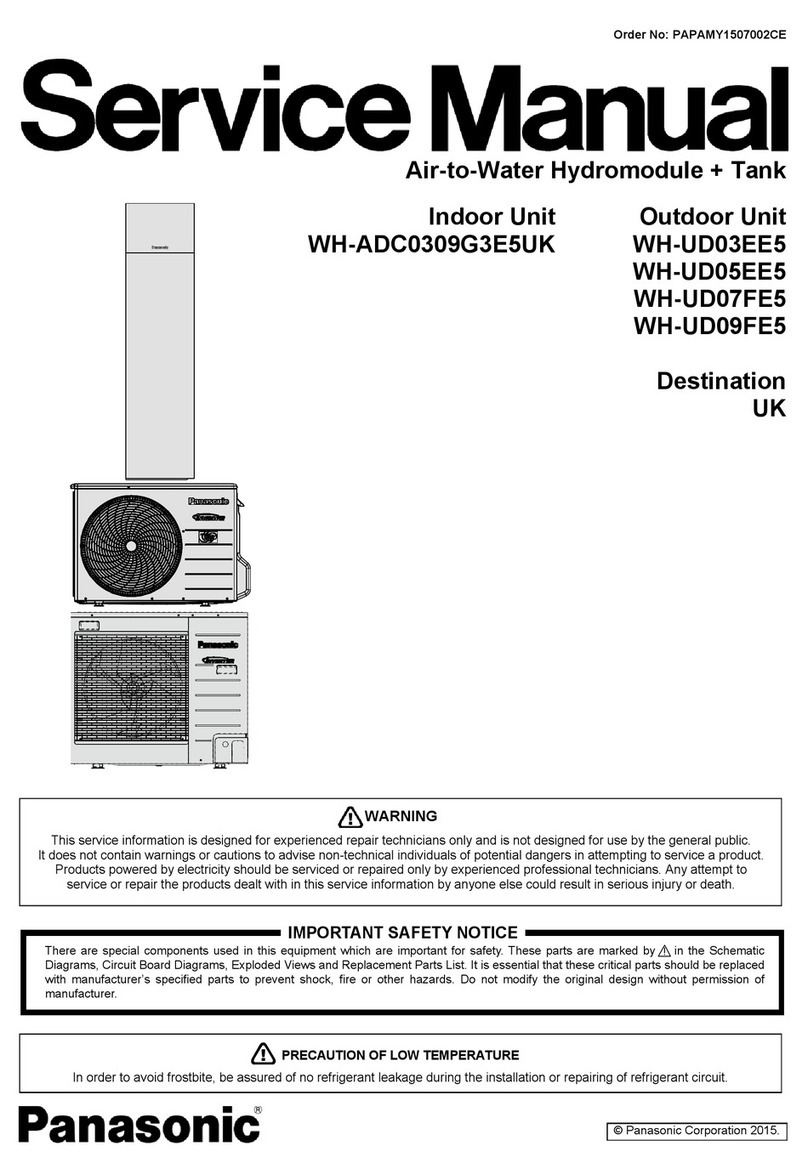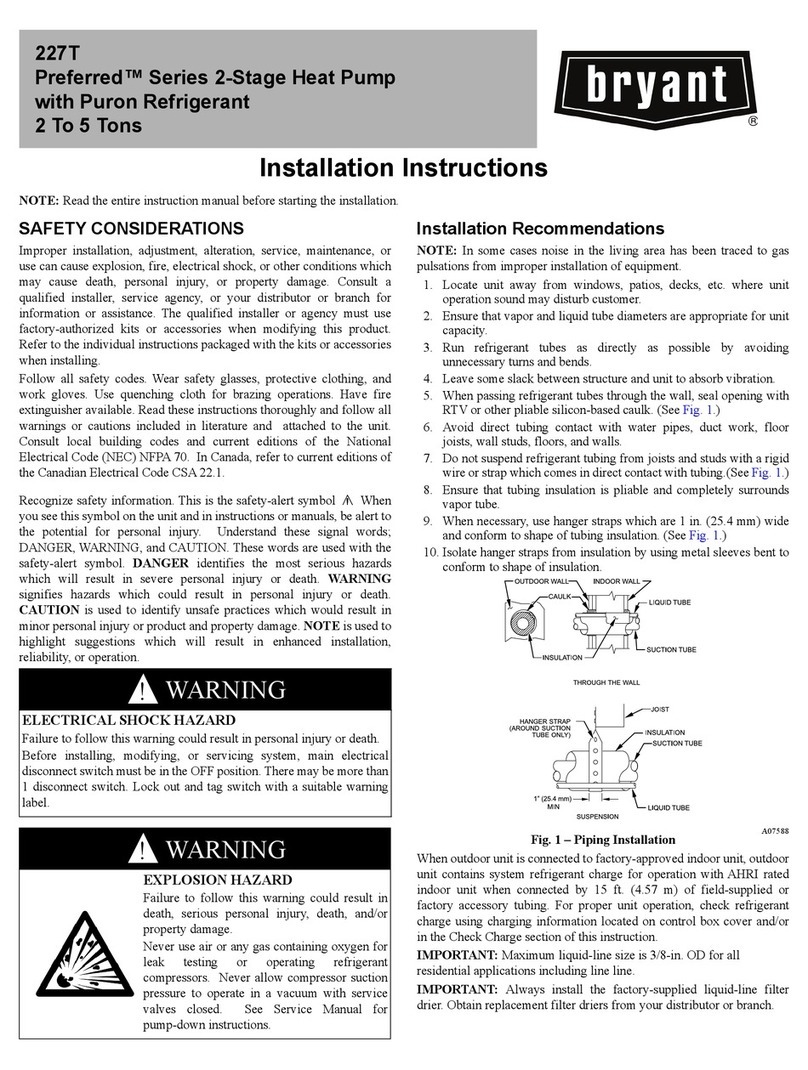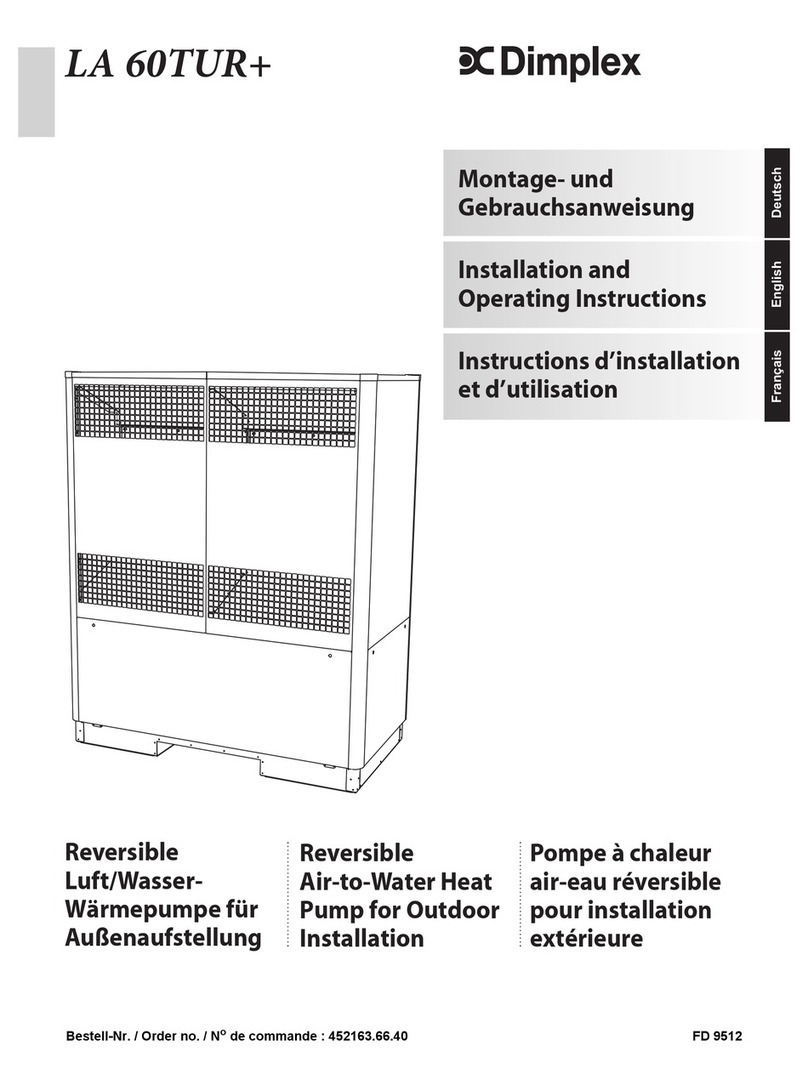
Both the Installation Manual and the Operation Manual must be given to and kept by the actual users.
Warning
The unit must be installed by the professional trained persons. Ask an installer or an authorized technician to
install the unit. If the unit is installed improperly, electric shock, or fire may be caused.
For installation work, follow the instructions in the Installation Manual; use tools and pipe components specified
in this manual that are made for special use with refrigerant in the outdoor unit.
The unit must be installed according to the instructions in order to minimize the risk of damages by
earthquakes, typhoons, or strong winds. Improperly installed unit may fall down and cause damages or injuries.
All electric work must be performed by a qualified technician according to local regulations and the instructions
given in this manual. The unit must be powered by dedicated power lines and the correct voltage and circuit
breakers must be used. Power lines with insufficient capacity or incorrect electrical work may result in electric
shock or fire.
The unit must be securely installed on a structure that can sustain its weight. If the unit is mounted on an
unstable structure, it may fall down and cause damages or injuries.
The cover plate of the electric control box must be firmly fixed. If the cover plate is mounted improperly, dust and
moisture may enter the unit, and it may cause electric shock or fire.
Make sure to use accessories authorized by the manufacturer and ask an installer or an authorized technician to
install them. If accessories are installed improperly, it may cause electric shock, or fire.
Do not remodel the unit. Consult an installer for repairs. If replacement or repairs are not performed correctly, it
may cause electric shock or fire.
The user should never attempt to repair the unit or transfer it to another location. If the unit is installed
improperly, it may cause electric shock or fire. If need be, the unit needs to be repaired or moved by a qualified
installer or an authorized technician.
1.1 Before installation (Environment)
Caution
Do not install the Thermopod unit in outdoor location as it is designed for indoor use only. Otherwise electric
shock or breakdown may be caused by water drop, wind or dust.
Do not use the unit in an unusual environment. If the Thermopod unit is installed at place where it may be
exposed to steam, volatile oil (including machine oil), sulfuric gas, or briny air, the internal parts can be
damaged.
Do not install the unit where combustible gases may leak, be producted, flow, or accumulate. If combustible
gas accumulates around the unit, it may cause fire or explosion.
When installing the unit in a hospital or in a building where communications equipment are installed, you may
need to monitor the noise and electronic interference. Inverters, home appliances, high-frequency medical
equipment, and radio communications equipment can cause the Thermopod unit to malfunction or to
breakdown. At the same time, the noise and electric interference from the Thermopod unit may disturb the
proper operation of medical equipment, and communications equipment.
1.2 Before installation or relocation
Caution
Be fully careful when moving the units. Do not grasp it by the packaging straps. In order to avoid injuring your
hands by the parts, wear protective gloves while unpacking and moving it.
Be sure to safely dispose of the packaging materials. Packaging materials, such as nails and other
metal or wooden parts may cause injuries.
Do not wash the Thermopod unit. You may receive an electric shock.
1.3 Before electric work
Caution
Be sure to install a circuit breaker. If it is not installed, there may be a risk to get an electric shock.
Please choose the standard cables with sufficient capacity as electric cable. Otherwise, it may cause a short
circuit, overheating, or fire.
When installing the electric cable, do not apply tension to the cables. Otherwise, the cables may be cut or
overheated resulting in a fire.
Thermopod - Installation Manual 3 | Page




















